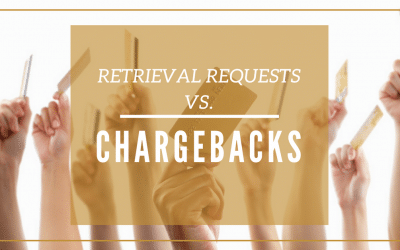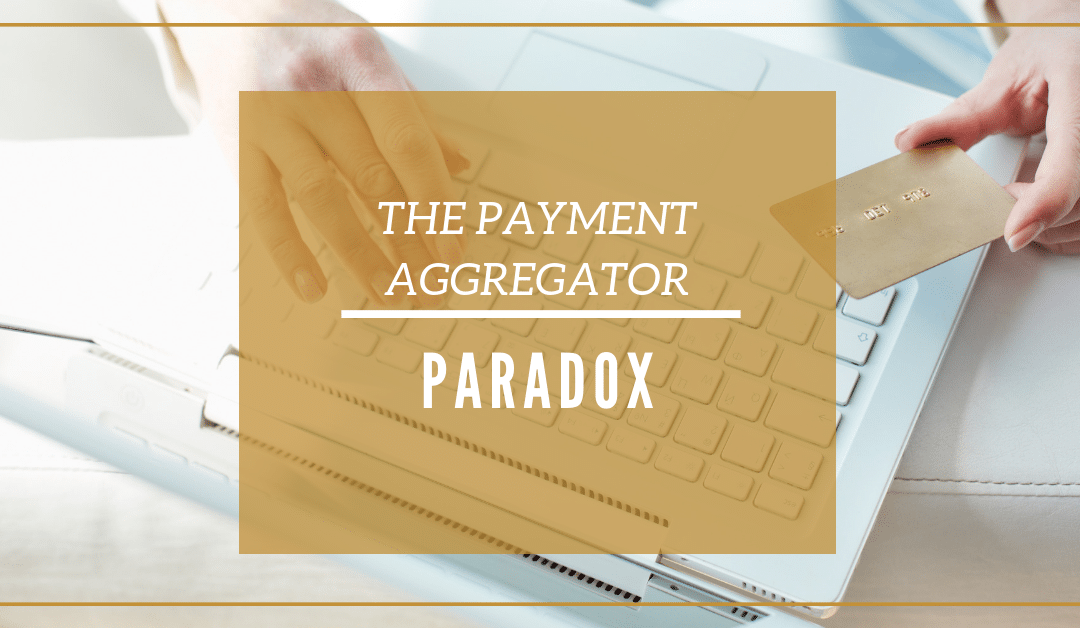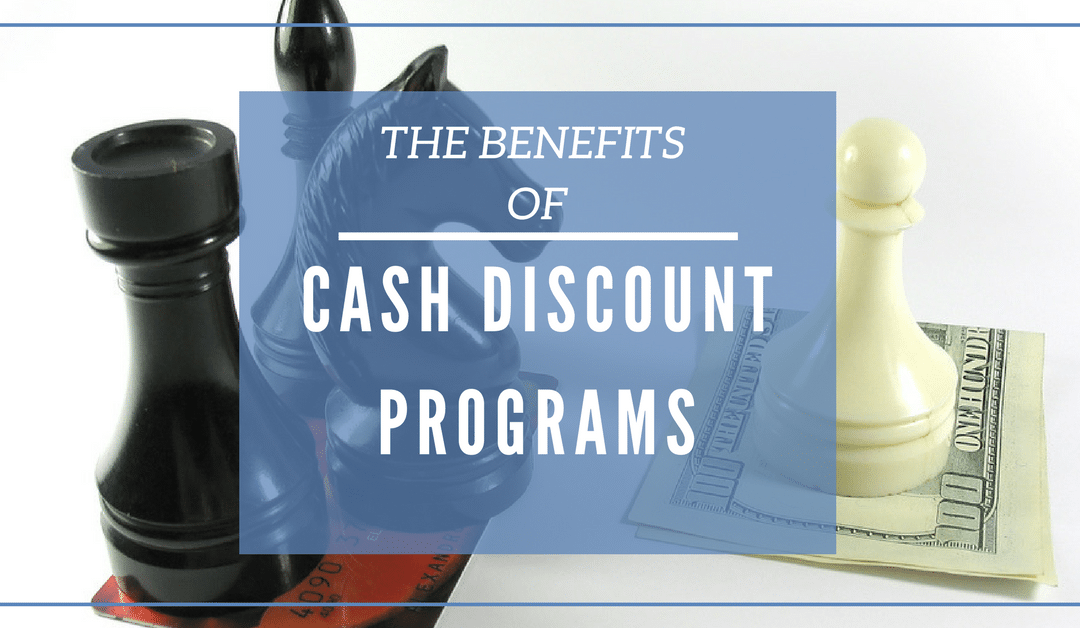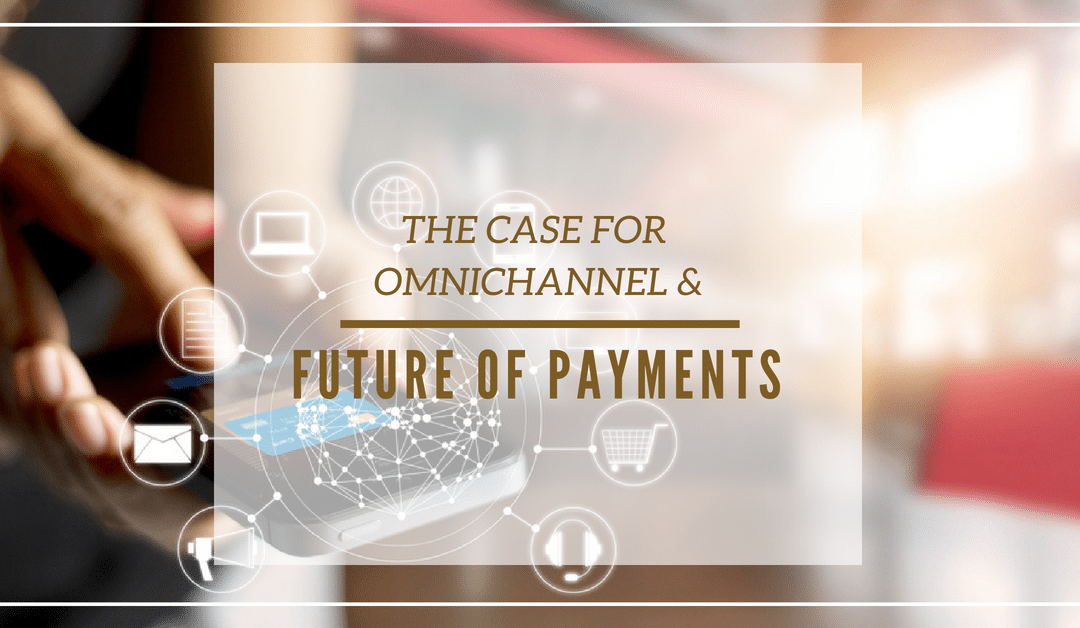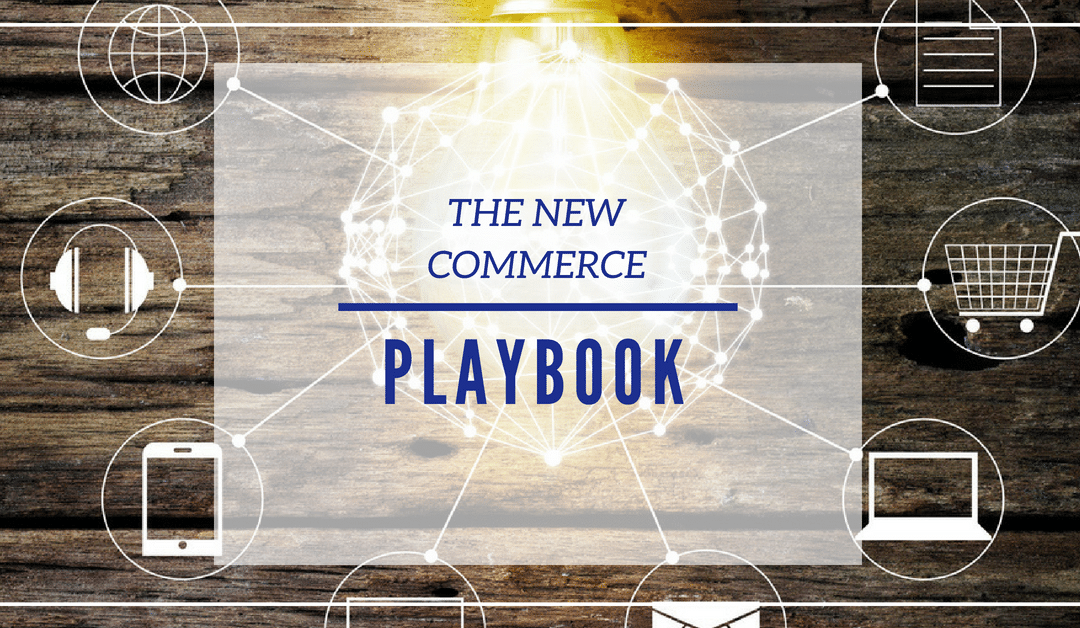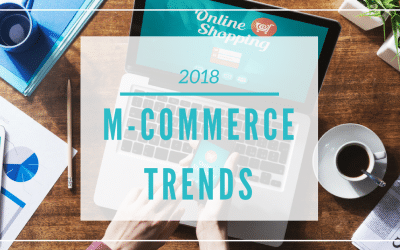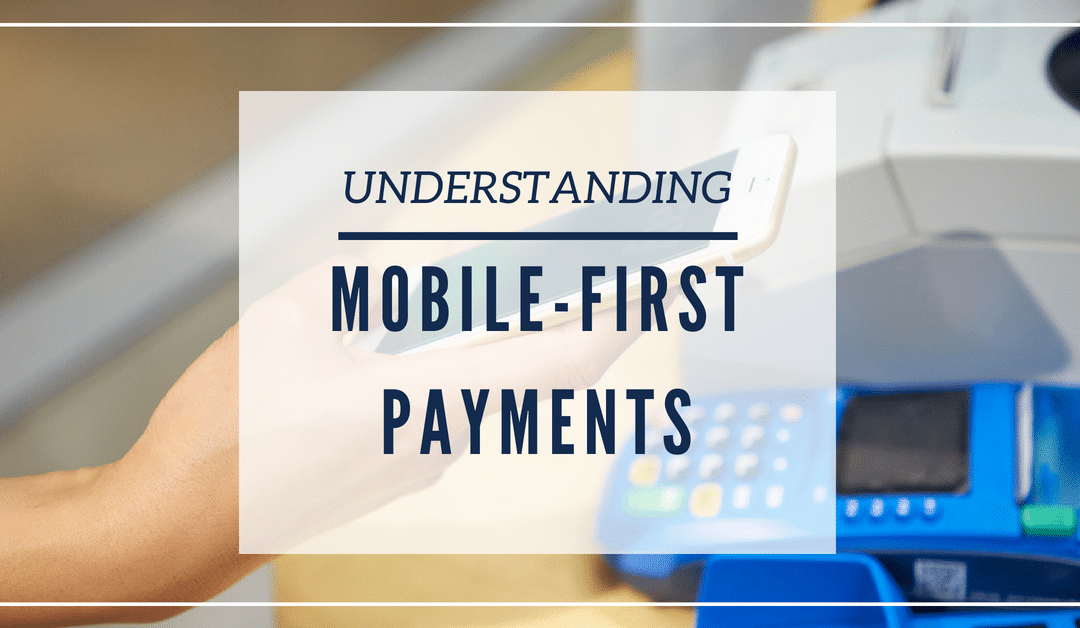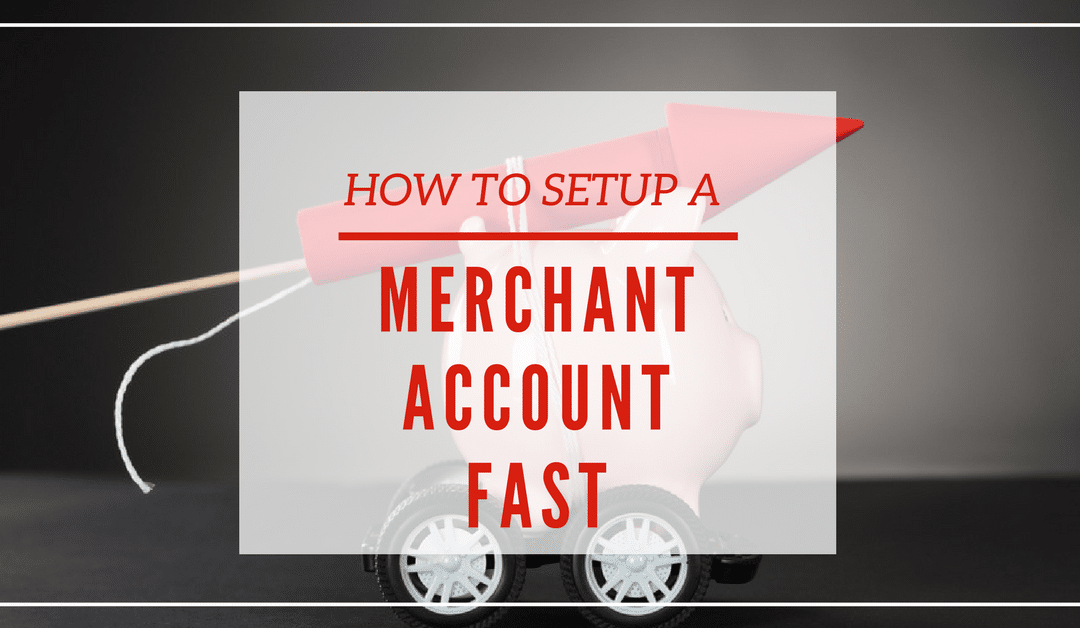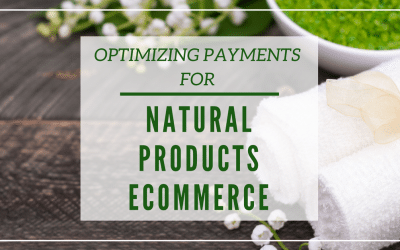Perhaps you spent a restless night, and awoke with a glimmer of the nightmare that kept restful slumber at bay. That lingering memory nagged repeatedly at the edges of every waking thought today.
Is that why you stumbled a bit when delivering the new training session during your employee meeting this afternoon? A word hovered just out of reach… On the tip of your tongue… Until zing, there it was.
You retrieved the word just in time and pulled it off. Not another hitch in your delivery — every speaker’s nightmare averted. Congrats!
If only transaction information was as simple to retrieve, not scattered around your office or floating somewhere in the Cloud. Easier access to the online orders processed last month, the confirmation emails sent, and the shipping notices you’re sure went out, but can’t seem to find…
…Would make answering the retrieval request received this morning so much simpler. You’ve never gotten one before, and aren’t sure what it means or why it’s important to respond so quickly.
If you can’t explain retrieval request vs. chargeback to yourself, much less to your team, keep reading. Then, work on getting your data ducks in a row.
Retrieval Request vs. Chargeback — How They Differ
When payment card statements arrive each month, cardholders sometimes don’t recognize charges. What’s the cardholder to do? Often, they ring the issuing bank to say they don’t recognize a charge… Setting in motion a request by the bank for information in support of the transaction.
A retrieval request is simply a request by the bank for information to support the transaction. The bank wants to see legible copies of the actual sales ticket (or online order), and the transaction authorization.
(American Express calls these requests “inquiries” while Visa, MasterCard, and Discover use the label “retrieval.” Some banks call them “soft chargebacks” — your first clue to why retrieval requests matter.)
Of course, the transaction may be legitimate, but the cardholder doesn’t recognize it. Other possibilities include a processing error, incomplete or inaccurate transaction information, or the worst: potential fraud.
Merchants reply to retrieval requests by providing the requested information to the bank. Also useful is to reach out to the customer by email or phone to discuss their issue. Doing so may help to resolve it, and avoid a chargeback.
Chargebacks occur when a cardholder requests a refund for a transaction directly from their issuing bank. The customer may declare the transaction illegitimate, because the goods weren’t delivered — weren’t as advertised — or arrived damaged — and she demands her money back.
The issuing bank supports the cardholder and contacts the merchant’s bank to put a hold on transaction funds. The cardholder receives a refund, and the merchant receives a penalty in the form of a chargeback fee.
Merchants can dispute chargebacks by providing transaction records, shipment records, proof of delivery, copies of any correspondence with the customer, and proof of money transfer — if the merchant already refunded the purchase.
Specific and limited timeframes for response vary, and must be honored.
If the documentation he provides supports the merchant’s dispute, a chargeback reversal occurs.
Is it any wonder that good record keeping is important? Responding to retrieval requests or disputing chargebacks efficiently and timely become more difficult when your data ducks aren’t organized into nice, neat rows.
Managing chargebacks well improves your online business success. Read more chargeback basics here, including steps to take with your website, business processes, and data to help prevent fraud-related chargebacks.
Why You Should Care
The good news about retrieval requests is that no money changes hands — yet. A retrieval request simply means that a cardholder or the issuing bank needs more information about a transaction.
But the bad news is that a retrieval request denotes the first step in the chargeback process. If you don’t respond to a retrieval request within the timeframe (usually 10 to 20 days), a chargeback occurs.
Retrieval request vs. chargeback important considerations include:
- No money changes hands due to a retrieval request — yet. Merchants retain the money made from the sale during the inquiry. Once a chargeback occurs, merchants lose the money from the sale (it’s refunded to the customer) and also pay chargeback fees.
- Plan to resolve the inquiry in a timely and efficient manner. No response from a merchant means that a chargeback is issued with the reason, “requested item not received.” Should that occur, the merchant loses reversal rights for the transaction too.
- Merchants may issue customer refunds during the investigation period without penalty. Contacting the customer via phone or email to address their questions and seek a solution might satisfy both parties. If the customer doesn’t respond, issuing a refund directly may solve the problem and avoid a chargeback.
Remember that credit card brands set and enforce these rules. Keeping your online business viable is at stake, so if you’ve been ignoring the issue of retrieval request vs. chargeback, it’s time to pay attention!
Let PayArc Help
Our mission is to bridge the gap between online merchants and payment solutions — for all types and sizes of online merchants and app developers.
PayArc offers leading-edge payment processing from seasoned professionals with years of experience in the payment industry. We provide you with a customized solution that’s right for your business.
Our industry leading payment processing solution gives you all the tools you need to start accepting payments while lowering your risk to fraud and giving you some of the lowest rates in the industry.
We’ll provide you with the latest technology and pay options, allowing you to focus on growing your business.
PayArc wants to act as your payments advisor and consultant, not only your processor. Because you have a business to run… Our business is to help you run it better.
So, let’s get your ducks in a row… Start processing with PayArc today.
